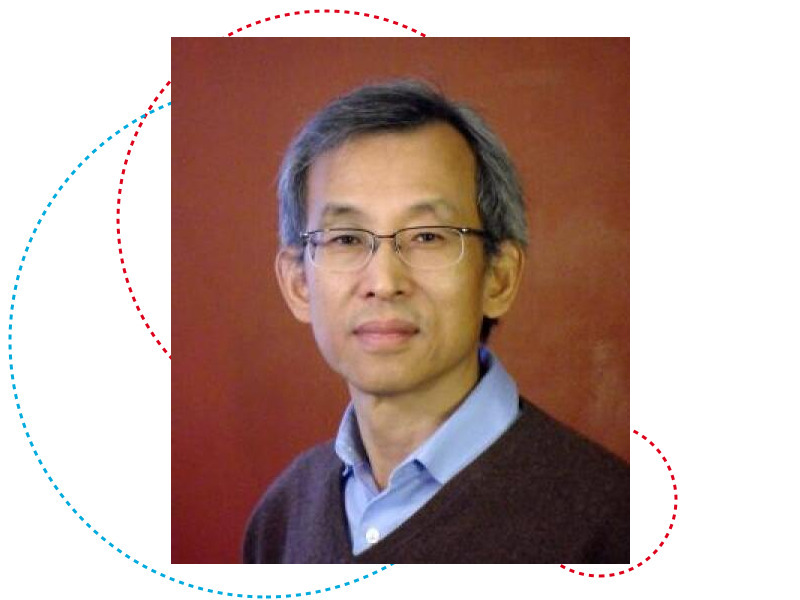Abstract
Chirality with all broken mirror symmetries, combined with any spatial rotations, matters ubiquitously from DNA functionality, vine climbing, to the piezoelectricity of quartz crystals. Chirality does not necessarily involve the presence of screw-like twisting, and magnetic chirality means chirality in spin ordered states or mesoscopic spin textures. This term of chirality has been extensive used, often in confusing manners, in the physics community over the last decade or so, even though chirality is mathematically well-defined. In steady states, chirality (C¢) does not change with time reversal operation, and chirality prime (C¢) means that time reversal symmetry in addition to all mirror symmetries, combined with any spatial rotations, are broken. Various examples of magnetic chirality and chirality prime and also their emergent phenomena such as self-inductance, current-induced magnetization, magnetochiral effects, anomalous Hall effect and linear magnetoelectricity will be discussed. Some of these exotic phenomena have been recently observed, and many of them need to be experimentally confirmed in the future.
About the Speaker
Cheong has made ground-breaking contributions to the research field of enhanced physical functionalities in quantum materials originating from collective correlations and collective phase transitions such as colossal magnetoresistive and colossal magnetoelectric effects in complex oxides. He has also made pivotal contributions to topological self-organization in quantum solids, including the nanoscale charge stripe formation, mesoscopic electronic phase separation in mixed valent transition metal oxides, and the formation of topological vortex domains in multiferroics, which was found to be synergistically relevant to mathematics (graph theory) and even cosmology. His recent focus includes 2D materials, topological Weyl materials, magnetically-chiral solids, and functional low-symmetry materials. He has published about 940 scientific papers, and the total citation is more than 61,000 (Web of Science: seven papers cited more than 1000 times, and his h-index is 112). His educational background includes mathematics in college, string theory (about three years) in graduate school, and solid state physics for Ph. D.. He has worked at Los Alamos National Laboratory and AT&T Bell Laboratories. He is currently the director of center for Quantum Materials Synthesis, the director of Rutgers Center for Emergent Materials, a Henry Rutgers Professor and a Board of Governors Professor at Rutgers, a Distinguished Visiting Professor at Postech in S. Korea as well as in Nanjing University in China, and one of two Editors-in-Chief for npj Quantum Materials. His work on complex oxides has been recognized through various prizes, including the 2007 Hoam Prize sponsored by Samsung, the KBS 2009 Global Korean Award, and the 2010 James C. McGroddy Prize for New Materials sponsored by IBM.
